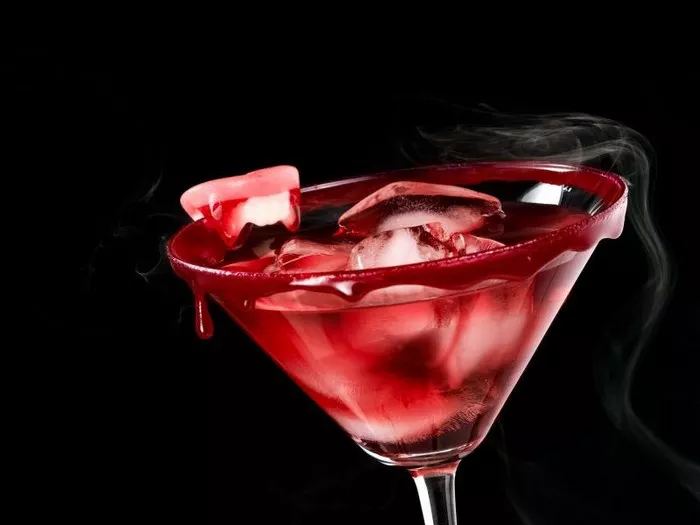Champagne, the quintessential symbol of celebration and luxury, has captivated drinkers for centuries with its effervescence and elegance. Among the rituals and traditions associated with this revered beverage, one curious practice stands out: the addition of a sugar cube. But why do people put a sugar cube in champagne? Delving into the origins, science, and cultural significance behind this enigmatic custom reveals a fascinating tale of taste, tradition, and technique.
The Origins of a Sweet Tradition
To understand the rationale behind placing a sugar cube in champagne, we must first journey back in time to the early days of this iconic sparkling wine. Champagne, originating from the eponymous region in France, was initially much sweeter than the modern versions we enjoy today. In the 17th and 18th centuries, champagne was often consumed with a higher dosage of sugar to mask imperfections in the winemaking process and cater to the prevailing taste preferences of the era.
As tastes evolved and techniques improved, the demand for sweeter champagne waned, giving rise to drier styles such as Brut and Extra Brut. However, the tradition of adding sugar persisted, albeit in a more nuanced manner. Rather than sweetening the entire batch of champagne, drinkers began employing sugar cubes as a means of personalizing their beverage to suit individual tastes. This practice became particularly prevalent during the Belle Époque period in France, when champagne consumption reached new heights of sophistication and refinement.
The Science Behind the Sweetening
While the historical context sheds light on the tradition’s origins, the science behind the sugar cube’s role in champagne offers further insight into its purpose. When a sugar cube is placed at the bottom of a champagne flute and doused with sparkling wine, it undergoes a fascinating transformation. The effervescence of the champagne triggers a rapid dissolution of the sugar cube, releasing its sweetness into the surrounding liquid.
This process not only subtly sweetens the champagne but also enhances its aromatic profile and mouthfeel. The interaction between sugar and carbon dioxide bubbles creates a delicate balance of flavors, tempering the wine’s acidity and imparting a smoother, more rounded texture. As a result, even a dry champagne can be transformed into a harmonious symphony of taste sensations with the addition of a single sugar cube.
Cultural Significance and Ritual
Beyond its scientific implications, the practice of placing a sugar cube in champagne holds profound cultural significance and ritualistic value. In many social settings, particularly formal occasions and celebrations, this act serves as a ceremonial gesture, symbolizing hospitality, generosity, and conviviality. The act of sweetening champagne with a sugar cube is akin to imbuing the moment with an extra layer of indulgence and luxury, elevating the drinking experience from ordinary to extraordinary.
Moreover, the ritual of adding a sugar cube allows individuals to exert a degree of control over their champagne experience, tailoring it to their personal preferences and tastes. Whether one prefers a sweeter, more indulgent champagne or opts for a drier, crisper variation, the addition of a sugar cube empowers drinkers to customize their libation according to their palate.
Evolution and Adaptation
In recent years, the tradition of placing a sugar cube in champagne has undergone a renaissance of sorts, spurred by a resurgence of interest in craft cocktails and mixology. Bartenders and aficionados alike have rediscovered the allure of this age-old practice, experimenting with innovative variations and reinterpretations.
From artisanal sugar cubes infused with aromatic herbs and spices to elaborate champagne cocktails incorporating fresh fruit and bitters, the possibilities are as endless as the imagination. This creative approach not only pays homage to tradition but also pushes the boundaries of innovation, breathing new life into an ancient ritual.
Modern Interpretations and Variations
In the realm of contemporary mixology, the addition of a sugar cube to champagne has inspired a myriad of inventive concoctions and modern interpretations. One popular variation involves soaking the sugar cube in a few dashes of aromatic bitters before placing it in the champagne flute, imbuing the drink with complex layers of flavor and aroma.
Alternatively, adventurous drinkers may opt to experiment with flavored sugar cubes, such as those infused with lavender, rosemary, or citrus zest, to impart a unique twist to their champagne experience. These creative flourishes add a playful dimension to the ritual while allowing individuals to express their creativity and personal style.
Conclusion: A Sweet Symphony of Tradition and Innovation
In conclusion, the age-old tradition of placing a sugar cube in champagne embodies a captivating blend of history, science, and culture. From its origins in the opulent salons of Belle Époque France to its modern-day resurgence in the realm of mixology, this ritual continues to captivate and inspire drinkers around the world.
Whether enjoyed as a nod to tradition or as a canvas for creative experimentation, the addition of a sugar cube elevates the champagne-drinking experience to new heights of indulgence and sophistication. So, the next time you raise a glass of champagne in celebration, take a moment to ponder the sweet mystery behind this timeless tradition—and savor every effervescent sip. Cheers!


